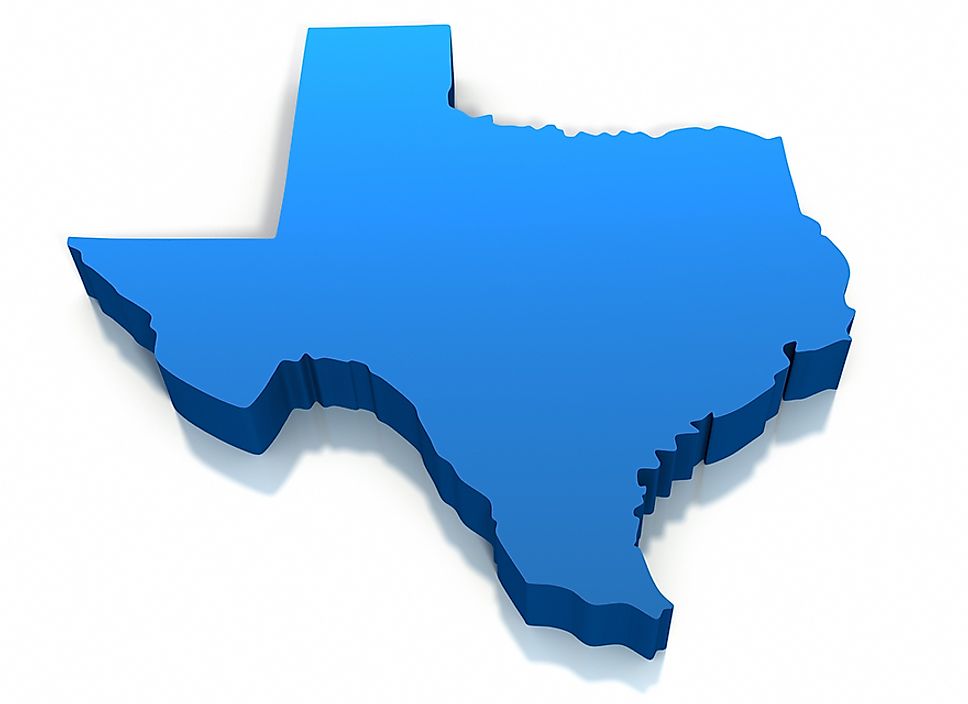The Regions of Texas

Texas is a large state located in the southern part of the United States. Its capital city is Austin, which is known for its high technology sector and booming music scene. However, the largest city in Texas is Houston, which is home to the famous Museum of Fine Arts that features artwork dating back to the Renaissance and Impressionist periods. The geography of Texas is such that it occupies 7% of the total land and water area of the US. Texas is divided into four physical regions: Gulf Coastal Plains, Interior Lowlands, Great Plains, and Basin and Range Province.
4. Gulf Coastal Plains
The Gulf Coastal Plains region covers areas such as Brownsville, Corpus Christi, Houston, Kemah, Dallas, Brazosport Area (which includes the Surfside Beach, Lake Jackson, and Clute), and Port Aransas. With annual rainfall of about 20-58 inches, the region exhibits a large variety of vegetation. The land is mostly plains, with rivers and streams flowing through it. The seaward areas of the Gulf Coastal Plains feature grasslands, oak mottes, salt marshes, and windblown sands and dunes. The region includes Padre Island National Seashore and Palo Alto Battlefield National Historic Site Parks.
3. Interior Lowlands
The Interior Lowlands region has a topography which ranges from 2,000 feet above sea level in the western part, to very low hills found in the east. Belts of low hills stretch out from the north to the southern direction across the Central Lowlands. The Rolling Plains is on the western side of the region, while the Cross Timbers extends from Texas through the Oklahoma area to Kansas City. Cross Timbers is made up of many varieties of oak such as the blackjack, shinnery, and post oaks.
2. Great Plains
The Great Plains is divided into three subregions which are the High Plains, Edward Plateau, and Llano Basin (also referred to as the Hill Country). Plains in the region have an elevation ranging between 2,500 and 4,000 feet. The region receives between 15 and 31 inches of rain every year. The cities that border the Great Plains include San Angelo, Odessa, Austin, Lubbock, Amarillo, and Midland. The southern part of the Great Plains is characterized by shrubs and grasslands, and are home to the Palo Duro Canyon and Caprock Canyons Parks. Other national parks in the region include San Antonio Missions and Lyndon B. Johnson National Historical Parks.
1. Basin and Range Province
Located in western Texas, the Basin and Range Province features the basin and range topography which is both unique and complex. The region was formed as a result of tectonic forces that began more than a million years ago. The Basin and Range Province is made up of many rugged mountain ranges. The region is divided into the Sacramento section and the Mexican Highland. Mexican Highland is characterized by more widespread plateaus than Sacramento. In addition, it provides habitation for the highest point in Texas, known as the Guadalupe Peak, which is 8,749 feet above sea level.











